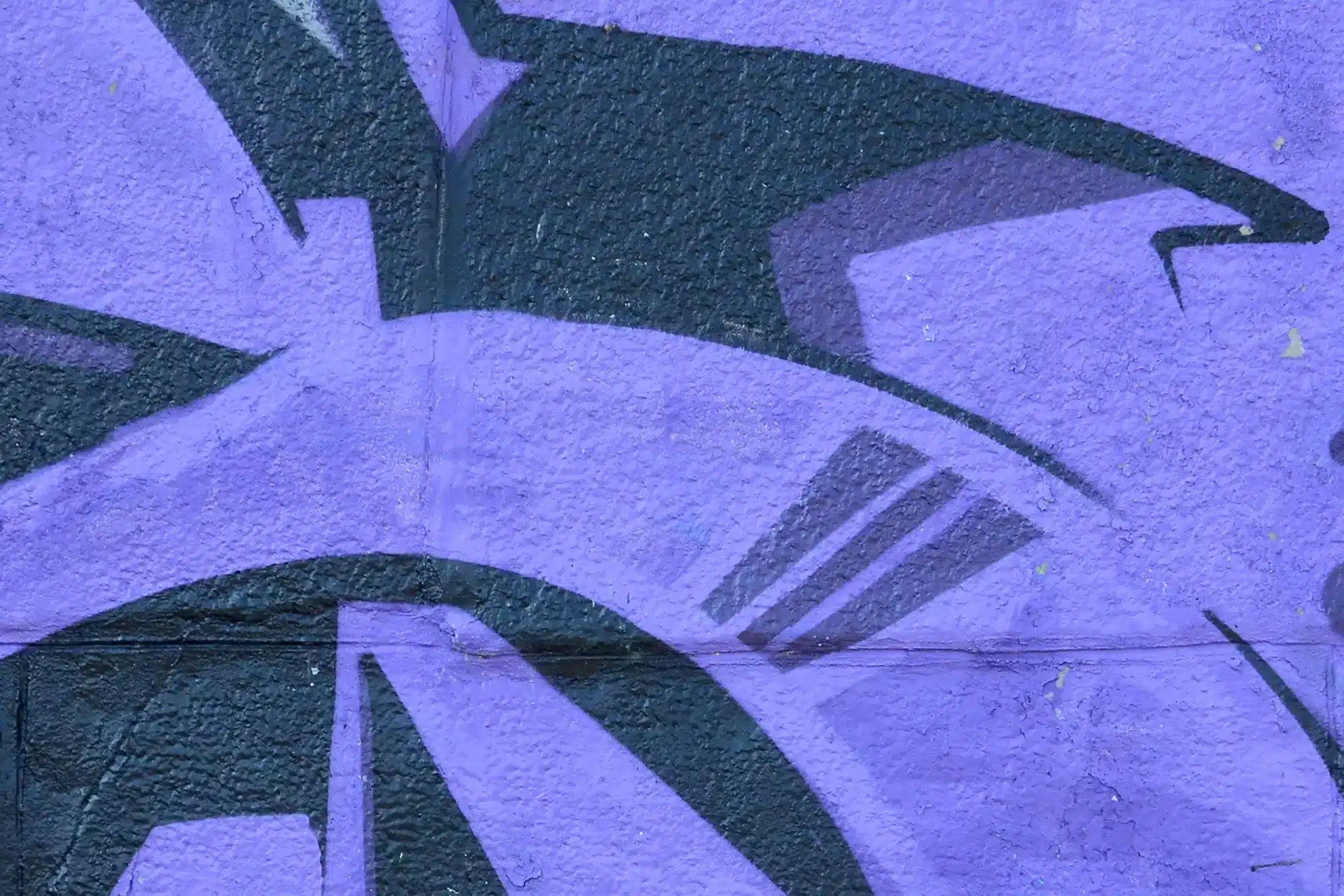Understanding Molly
Molly is a popular slang term that refers to a specific form of the drug MDMA, which stands for 3,4-methylenedioxymethamphetamine. Known for its psychoactive and empathogenic effects, MDMA is commonly associated with rave culture and electronic dance music (EDM) festivals. Users often seek out Molly for its ability to enhance sensory experiences, promote emotional openness, and foster a sense of connection with others.
The Chemical Structure of MDMA
MDMA is a synthetic drug that alters mood and perception. It is chemically related to both stimulants and hallucinogens, leading to its unique effects. The chemical formula for MDMA is C11H15NO2, and it primarily influences neurotransmitters in the brain, particularly serotonin, dopamine, and norepinephrine.
Molly vs. Ecstasy
While “Molly” and “Ecstasy” are often used interchangeably, they can refer to different forms of MDMA. Here’s how they differ:
- Molly: Typically refers to the pure crystalline form of MDMA, which is often sold in capsules or as a powder.
- Ecstasy: Generally refers to MDMA that is mixed with other substances, often in tablet form. This can lead to variations in purity and potency.
Popularity and Cultural Significance
MDMA gained popularity in the 1980s and 1990s, primarily within club and rave scenes. Its ability to enhance social interactions and sensory experiences made it appealing to party-goers. In recent years, its usage has appeared in various pop culture references, including songs and movies, contributing to a resurgence in interest among younger audiences.
Statistics on MDMA Use
According to the National Institute on Drug Abuse (NIDA), MDMA use has been on the rise, particularly among college students and young adults.
- A 2020 National Survey on Drug Use and Health reported that approximately 0.9% of Americans aged 18 to 25 had used MDMA in the past year.
- Another study indicated that 36% of high school seniors in the U.S. reported trying MDMA at least once.
Effects and Risks of Using Molly
Many users seek Molly for its euphoric effects, which can include:
- Increased energy and alertness
- Enhanced sensory perception
- Feelings of emotional closeness and empathy
- Altered sense of time
However, Molly is not without its risks. Adulterated substances can lead to dangerous side effects such as:
- Hyperthermia (dangerously high body temperature)
- Dehydration
- Heart problems, including increased heart rate and blood pressure
- Anxiety, agitation, or paranoia
Case Studies: The Impacts of Molly Use
Several case studies shed light on the varying impacts of Molly use, particularly in festival settings. In some instances, users have reported positive experiences of bonding and heightened enjoyment. However, negative outcomes are also documented:
- A 2018 case study detailed the medical emergency of a young festival-goer who experienced severe hyperthermia after taking Molly, leading to an extended hospital stay.
- Research published in the Journal of Addiction Science examined the long-term effects of repeated use of MDMA, noting cognitive impairments in individuals who used it consistently over several years.
Conclusion: Navigating the Landscape of MDMA
As the popularity of Molly continues to rise among youth, it is crucial for potential users to be aware of both its effects and risks. While Molly can offer temporary euphoria and connection, the danger of impure products, overdose, and long-term cognitive effects should not be overlooked. Education and harm reduction strategies are essential in addressing the complexities surrounding the use of this substance.


